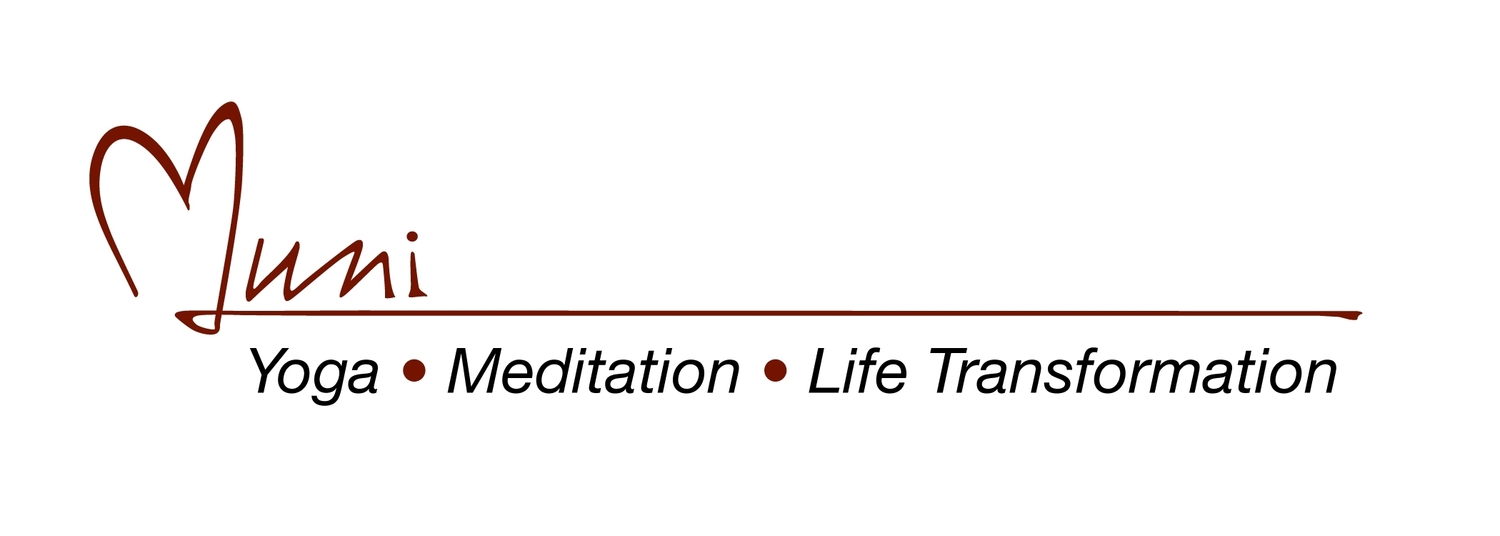The yogis secret Challenge: The subliminal level of mind
/Our computer-like subconscious is a remarkable state of our mind. Long before we become aware of it, or even if we never become aware of it, that subconscious is there thanklessly handling all of the basic and crucial functions of our physical body like blood circulation, food digestion and muscle coordination. And while it is doing all this, it is also recording, categorizing and processing every single experience we have in our conscious state of mind, even as it creates from those experiences elaborate programs for the automatic implementation of skills like typing, driving and speaking a language. Thanks to this marvelously self-contained and self-reliant part of us just beneath the range of our conscious perception, we are free to focus our surface awareness upon exploring and learning through new experience.
As marvelous as this apparently free-standing and independent subconscious state of mind might seem to be, it can be inhibited by us. More than we know, we can inadvertently block our subconscious reception of superconsciousness.
When, due to an impure and/or a selfish lifestyle, our subconscious receives more negative input than it can process immediately, it becomes overloaded with wrong perception and unresolved memory. A backup into a backlog of this gloomy mind-matter is “negative karma.” Fortunately, there is no limit to the amount of negative karma the subconscious can hold. Unfortunately, however, as these negative karmas mount, they thicken their block of the very superconscious influence that would insure their resolution.
As we begin to realize we are more than a body and a mind with fears and desires, we start to sense we really don’t have to live life in the shadow of excess negative karma. We also begin to sense—and this sensing is a result of our superconsciousness getting through to us any way it can—we can help our subconscious better its collaboration with our superconscious to more efficiently handle our backlog of wrongperception and unresolved memory.
At this point we start living life on the high side of our conscious mind by trying to do good and be good so as not to burden our subconscious with more low-level problems than it can handle with a minimum expenditure of energy. Such intentionally positive living leaves impressions in the subconscious that don’t need to be “fixed” later. This smart creation of “positive karma” frees the subconscious to expeditiously work on its backlog of “negative karma.”
In yoga, we “do good and be good” by tailoring our lives around the yamas (don't's),and niyamas, (do's). Maintaining these restraints and observances dissolves our blocks to the superconscious by adjusting our negative attitudes, demagnetizing our personality conflicts and allowing the flowering of spiritual qualities like humility, patience, forbearance and fortitude. All of this intentional adjustment opens a wide window for the light of superconsciousness to shine through our subconscious into our conscious mind.
To further assist our subconscious in working efficiently with superconsciousness, we can make special efforts to remain detached as we deal with past and present experience. Such detachment invites the assistance of intuition—our direct connection to superconsciousness.
When awareness is detached, it is not identified with thought and emotion. This detachment gives awareness unblocked access to intuition. When awareness is not detached, but instead allows itself to become magnetized into an identification with thought and emotion, it partially or completely loses its functional connection with intuition.
When we habitually and thus frequently allow awareness to become identified with thought and emotion, we live life personally. In this personal living, we have no choice but to see life through the eyes of an identity caught and stuck in a physical body that was born, is alive and will die. From this point of view, we are not looking at life intuitively because intuition is not personal; it is impersonal.
From experience, we know the non-reaction of detachment can only arise from an intuitive perception that we are Self. We also know we do not have to realize the Self to sense that the Self does exist and is our essential identity. Sensing we are the source of the body we live in is easy. It’s even logical. But if we cannot manage to let this sensing be, we will not be detached and we will react to life personally.
To perceive the experiences of life in detachment without reaction is to see those experiences impersonally. Seeing the experiences of life impersonally leans us toward a creation of positive karma, as well as an expeditious resolution of negative karma.

